Ontario Northern Boreal
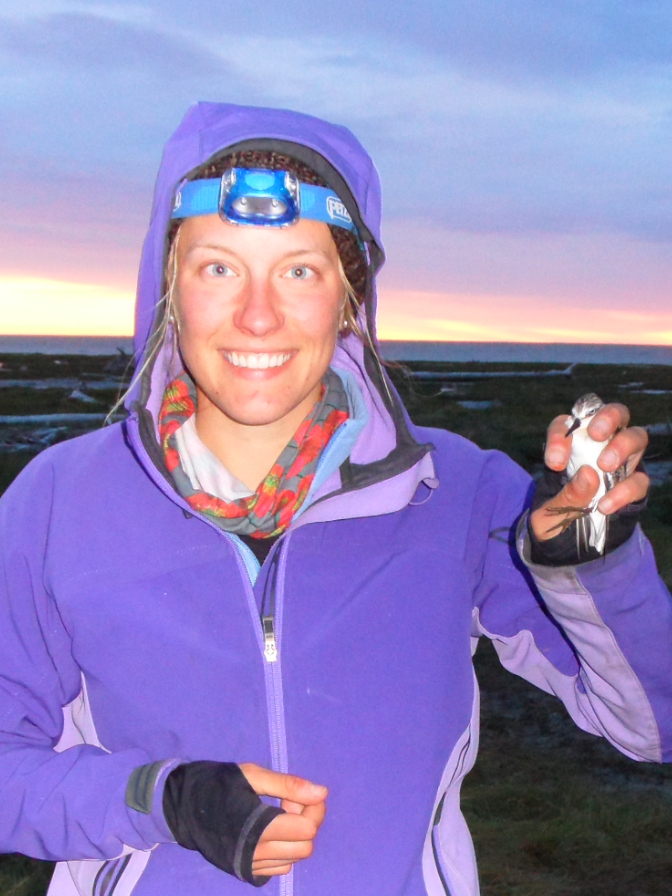
Alexandra Anderson, Trent University (PhD candidate), is studying the ecology of migratory shorebirds that use coastal sites along James Bay, Ontario as ‘stopovers’ along their migration routes. Alexandra is researching how the availability of prey and the presence of predators at these stopover sites influences how often different sites are used, and for how long.
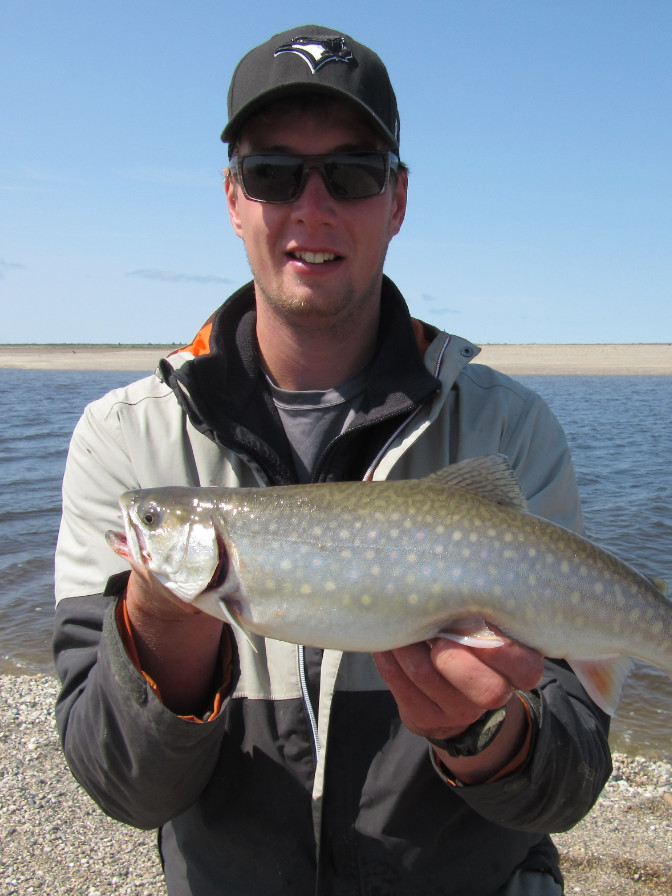
Matthew Heerschap, Laurentian University (MSc candidate), is measuring the concentrations of both fatty acids and trace metals in fillets from fish caught in coastal rivers in Ontario’s far north. This information will be used to weigh the risks associated with consuming fish that contain varying amounts of potentially harmful contaminants against the potential benefits of including these sources of healthy dietary fats. This risk-reward analysis will help residents make informed decisions about which wild fish to eat and in what amounts.

Alex Sutton, University of Guelph (PhD candidate), is investigating how long-term climate change and increasing climatic variability might be influencing reproductive success in gray jays. Gray jay populations along the southern edge of their Canadian boreal forest range have been shrinking dramatically since the 1980’s. Evidence suggests that climate change is contributing to this trend, however the climatic mechanisms responsible remain unknown.
Northern Boreal Mountains
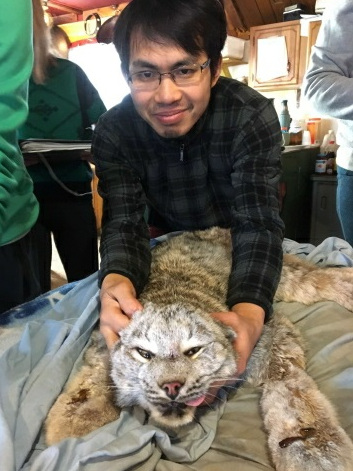
Kevin Chan, Trent University (PhD candidate), is examining how changes in climate and habitat can affect lynx behavior, choice of prey and ultimately the way their population sizes cycle from year to year. Recent dampening of these cycles is thought to be linked to changes in climate, and Kevin aims to explore the mechanisms through which these changes may have occurred.
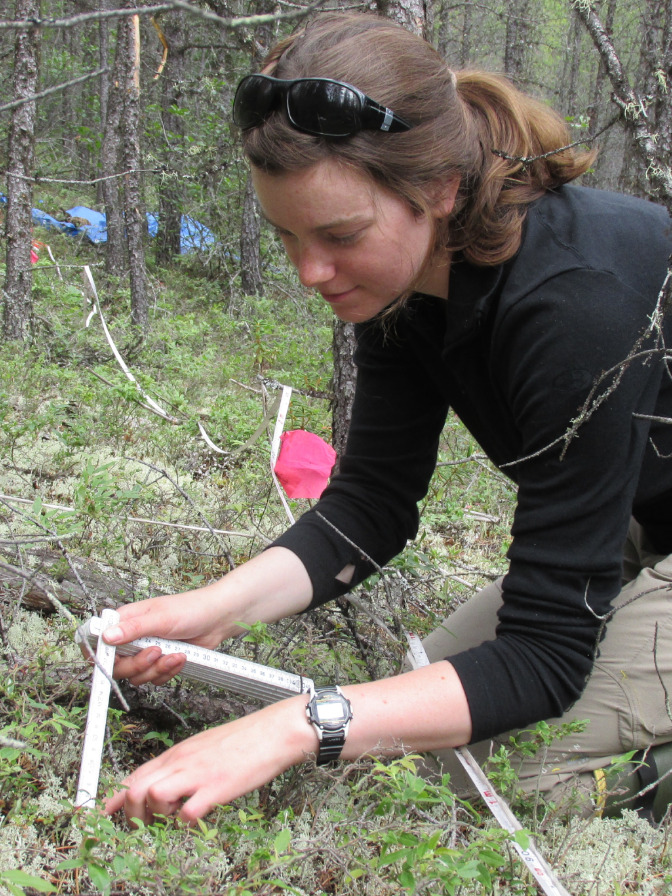
Ruth Greuel, University of Saskatchewan (MSc candidate), is investigating environmental drivers of lichen, the primary food resource for northern caribou, in unique areas that experience frequent fires. These types of natural disturbance may increase throughout the Canadian boreal in the future with climate change, and understanding how that might impact lichen availability will be critical to predicting the suitability of caribou habitat in the future.
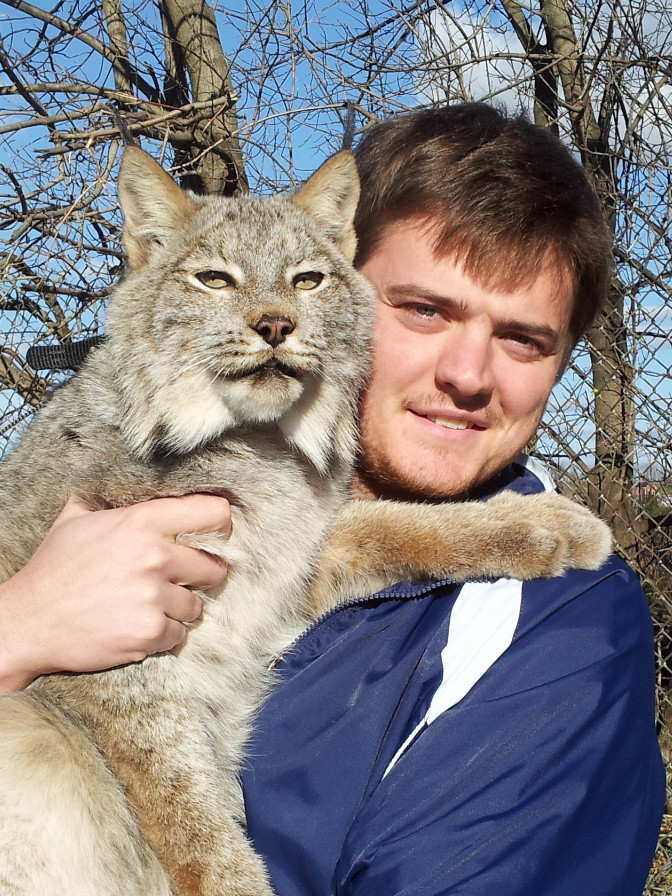
Michael Peers, University of Alberta (PhD candidate), is examining how a mismatch between coat colour and season may impact the stress levels and survival of snowshoe hares in the Yukon. This coat colour mismatch is partly due to premature snow melts, and makes the hares much more visible to predators. This increased vulnerability may be forcing the snowshoe hares to forage in areas that are safer but offer less abundant or nutritious food, potentially leading to reduced health, particularly in offspring. Michael’s project will help improve management practices in the face of climate change.

Thuja Quickstad, Bangor University and University of British Columbia (MSc and MF candidate), is exploring how climate change may transform boreal forest habitat in valley bottoms into grassland across portions of the southern Yukon. Trembling aspen in these regions are already exhibiting signs of stress, which may be intensified by climate changes in the next 50 years. Information on this forest to grassland shift is intended to help predict which species these areas will be able to support in the future.

Andrea Sidler, University of Regina (MSc candidate), is investigating how the Common Nighthawk, a threatened species in Canada, utilizes different habitats for breeding in the Canadian boreal forest. These birds have never been surveyed in the Canadian boreal, and so this work will provide new insight into what habitat characteristics are most important for distinguishing breeding sites, as well as when the birds are most active at these sites during the summer. These findings will help optimize protocols for future management efforts.

Julie Thomas, University of Calgary (MSc candidate), is exploring how moose and snowshoe hare are affected by salvage logging operations that follow spruce beetle outbreaks. The response of mammal communities such as moose and hare to the associated changes in habitat will provide novel insight into the greater implications of a predicted increase in frequency and severity of large-scale bark beetle outbreaks brought on by climate change. Julie intends to use the results of this study to promote wildlife habitat conservation and informed management decisions in concert with the government agencies and First Nations groups in the Yukon.
| Ruth Greuel, University of Saskatchewan (MSc candidate), is investigating environmental drivers of lichen, the primary food resource for northern caribou, in unique areas that experience frequent fires. These types of natural disturbance may increase throughout the Canadian boreal in the future with climate change, and understanding how that might impact lichen availability will be critical to predicting the suitability of caribou habitat in the future. |